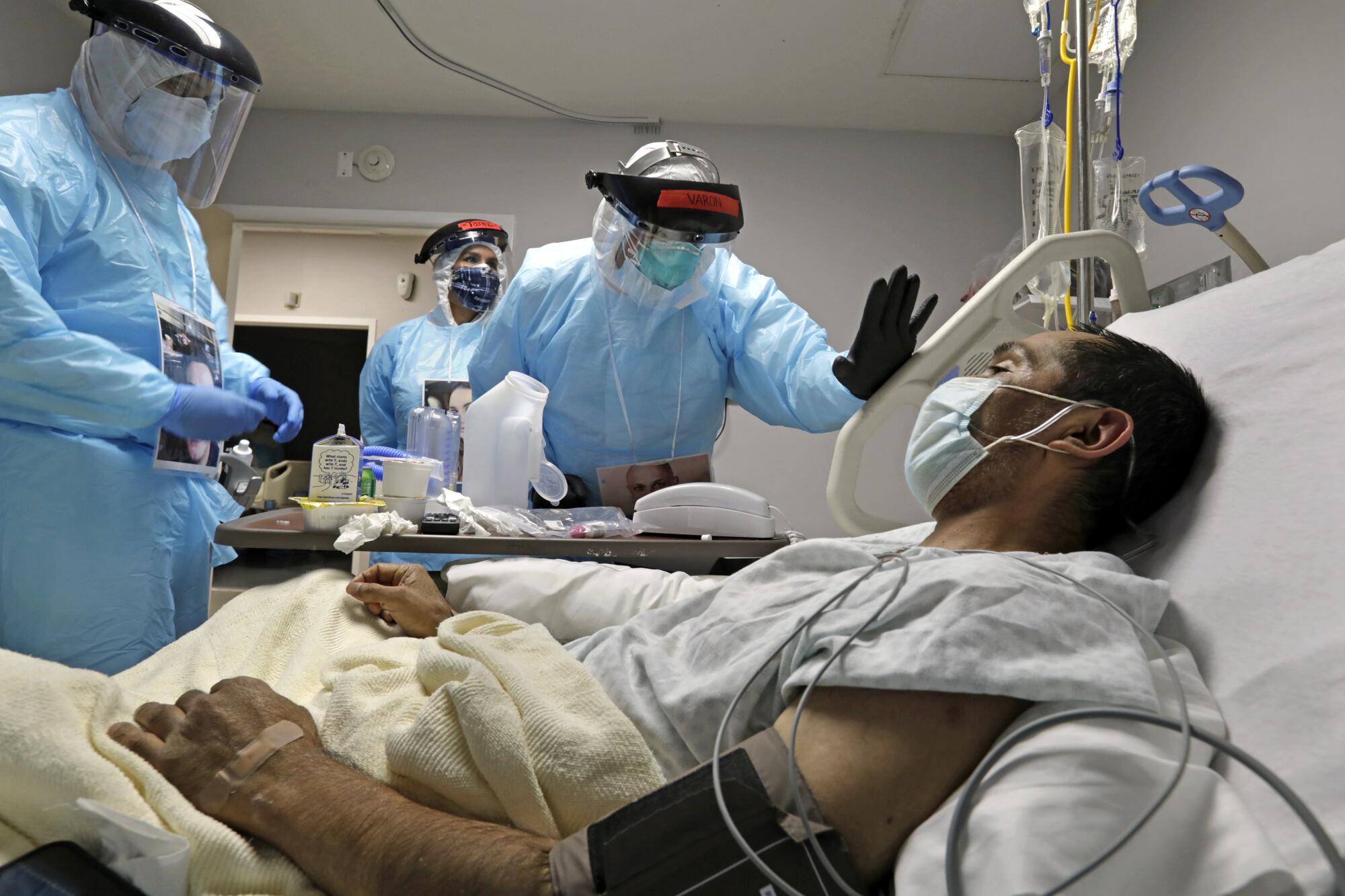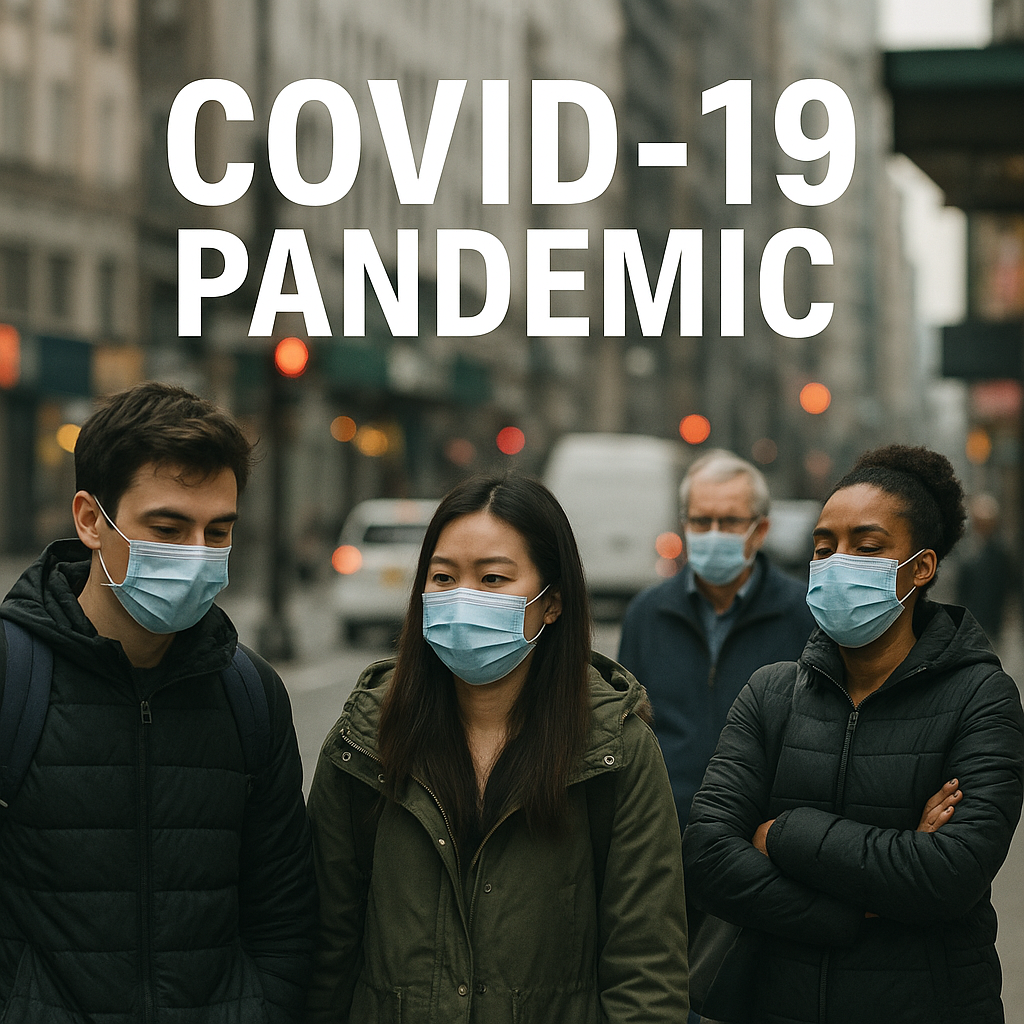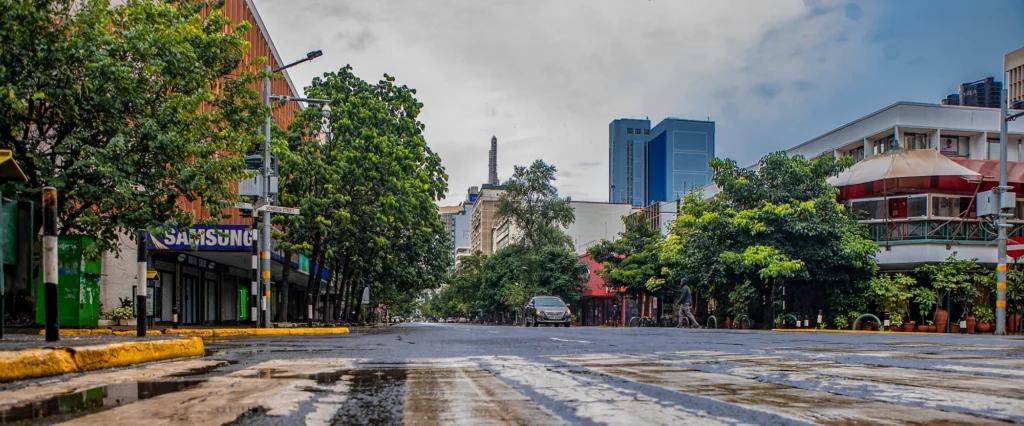COVID-19 Pandemic


🧬 1. The Origin & First Cases (Late 2019)
🔍 What happened?
- In Wuhan, China, in December 2019, doctors observed unusual pneumonia cases.
- These were traced back to a seafood market, but later research suggested the virus may have been circulating earlier.
- A new virus was identified in early January 2020—SARS-CoV-2, causing the disease COVID-19.
🧠 Why it mattered:
- The virus was novel (new to humans), meaning no one had immunity.
- It spread via respiratory droplets, making it highly contagious.
- Early cases went undetected or were misdiagnosed, helping the virus spread silently.
🌍 2. Global Alert & WHO Response (Jan – Mar 2020)
🌐 Key events:
- January 30, 2020: WHO declared COVID-19 a “Public Health Emergency of International Concern.”
- March 11, 2020: COVID-19 was declared a pandemic, meaning it had spread worldwide.
- Countries like Italy, Iran, and South Korea faced early large outbreaks.
🧠 Why it mattered:
- Countries were unprepared for a pandemic of this scale.
- There were shortages of masks, ventilators, and test kits.
- Initial public health messaging was unclear in many regions.
🚫 3. Lockdowns, Testing & First Wave (Mar – Jun 2020)
🔒 What happened?
- Nations locked down cities, closed borders, and stopped public gatherings.
- Businesses, schools, and airports shut down worldwide.
- “Flatten the curve” became a global goal—to slow spread and prevent hospitals from overflowing.
🧠 Why it mattered:
- Lockdowns were economically and socially painful but helped buy time to understand the virus.
- Remote work, online learning, and telemedicine boomed.
- Scientists worked at unprecedented speed on treatments and vaccines.

💉 4. Vaccines & Variants (Late 2020 – 2021)
💡 What happened?
- Pfizer-BioNTech and Moderna developed mRNA vaccines in record time.
- Global vaccination campaigns began in December 2020.
- New variants emerged:
- Alpha (UK)
- Beta (South Africa)
- Delta (India)
- Omicron (late 2021)
🧠 Why it mattered:
- Vaccines drastically reduced death and severe illness.
- But variants caused surges, even in vaccinated populations.
- Inequity in vaccine distribution led to slow rollout in poorer countries.
📉 5. Long-Term Impacts & Recovery (2022 – 2025)
🕊️ Events:
- By 2022, many countries began treating COVID-19 as endemic (ongoing but manageable).
- May 2023: WHO officially declared the end of the global emergency phase.
- As of 2024–2025, COVID-19 still circulates, but with milder impacts due to immunity, boosters, and treatments.
🧠 Why it mattered:
- Long COVID (ongoing symptoms) affects millions.
- Health systems, education, travel, and work life were permanently altered.
- Countries now focus on future pandemic preparedness.
✅ Conclusion
The COVID-19 pandemic was one of the most significant global crises of the 21st century. It exposed vulnerabilities in public health systems, highlighted the importance of global cooperation, and accelerated innovations in science—especially vaccine technology. While the world eventually adapted through vaccines, treatments, and public health strategies, the pandemic left lasting effects on health, economies, education, and daily life.
Importantly, it taught humanity the need for early warning systems, accurate information, healthcare investment, and global solidarity to face future pandemics more effectively.




